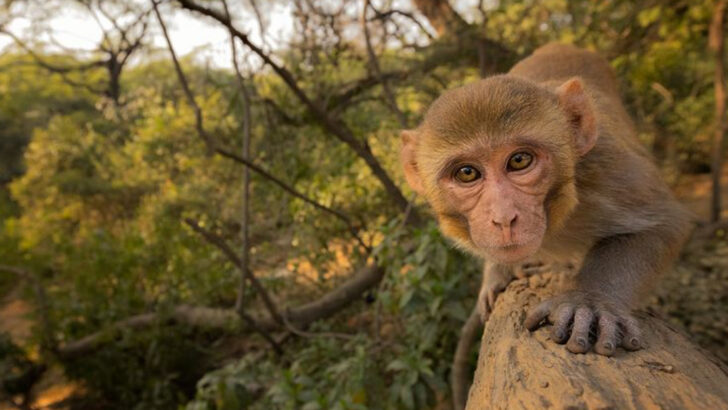Monkeys are chaos in fur coats—and we love them for it.
They steal snacks, pull pranks, form alliances, and throw some seriously dramatic tantrums. These creatures aren’t just smart—they’re clever, and they know it.
But behind the tree-swinging charm and adorable faces, there’s a whole other side. Not everything in the monkey world is playful or fun. Sometimes, it’s brutal, heartbreaking, and strangely human.
So buckle up for a ride through the wild and weird world of monkeys—eight facts that will make you smile, and four that might make you pause.
Monkey Communication Skills
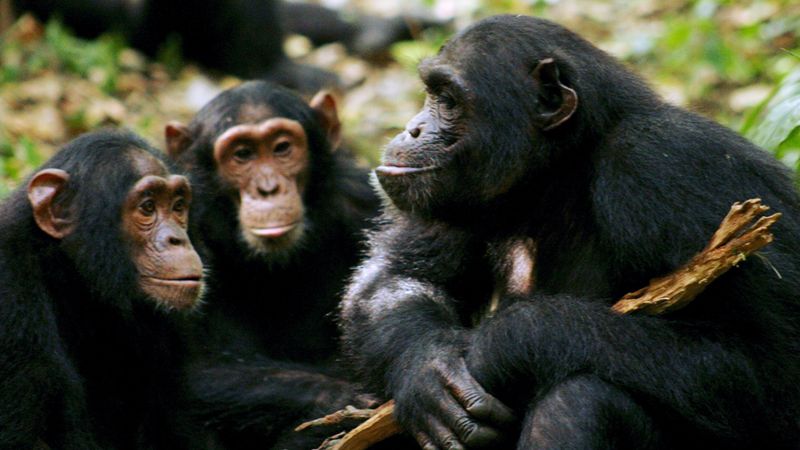
Monkeys, like the vervet monkey, have developed intricate communication systems. These vocalizations serve essential purposes, from warning about predators to expressing emotions.
Vervet monkeys are known to have specific alarm calls for different predators, such as leopards or eagles. This sophisticated system showcases their intelligence and adaptability in the wild.
Their vocal abilities highlight the complexity of monkey societies. Interestingly, research indicates that young monkeys learn these calls from older group members. This learning process underscores the importance of social interaction in their development.
Monkeys and Tool Use
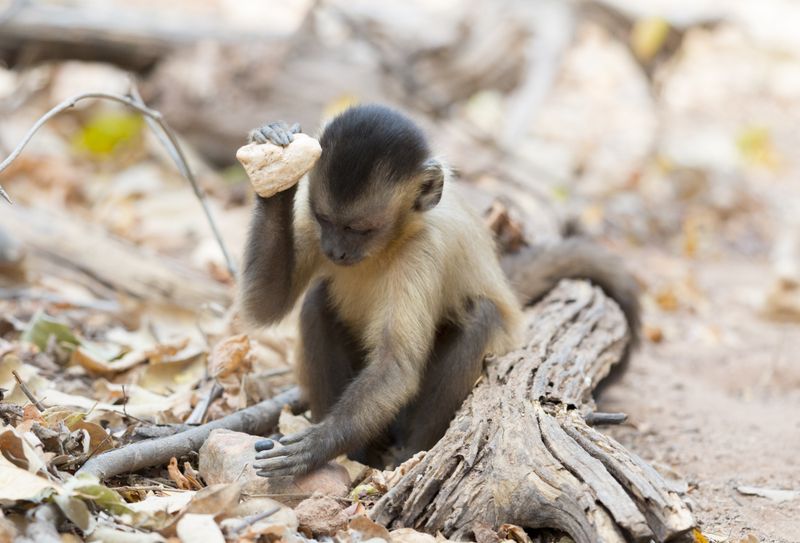
Some monkey species, like capuchins, are known for their tool-using capabilities. These intelligent primates use sticks to extract insects from crevices or stones to crack open nuts.
Such behaviors demonstrate the monkeys’ impressive problem-solving abilities and adaptability. Tool use among monkeys also provides insight into the evolutionary history of human tool use.
Observing these behaviors in the wild offers a glimpse into the cognitive capabilities of primates. It also highlights the environmental challenges they face and how they overcome them through ingenuity.
The Mischievous Macaque

Macaques are notorious for their playful and mischievous behaviors, often stealing food and objects from unsuspecting tourists. This behavior, while amusing, speaks to their adaptability and intelligence.
These monkeys have thrived in human-altered environments, showcasing their ability to exploit resources. Despite their cheeky antics, macaques are deeply social animals with complex hierarchies.
Their interactions can be both entertaining and educational, offering insights into their social structures. Tourists often find themselves charmed by their antics, even as they guard their belongings.
The Allure of Tarsiers
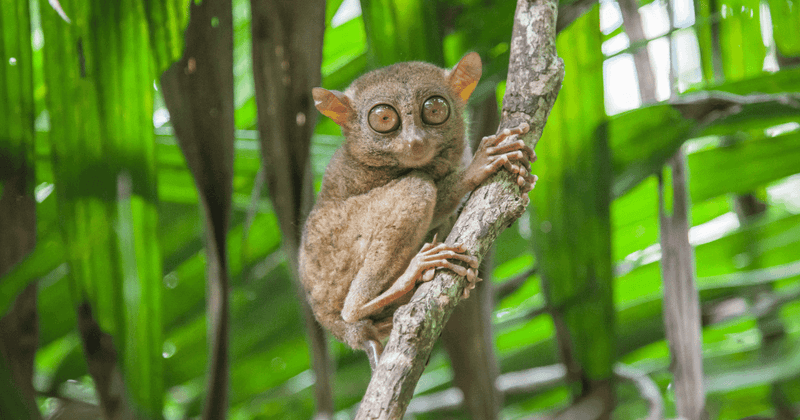
Tarsiers, with their enormous eyes and small stature, are among the more captivating primates. These nocturnal creatures have adapted to a life in the dark, using their keen vision to hunt insects.
Their eyes are so large that they cannot move them in their sockets, requiring them to turn their entire head. This fascinating adaptation allows them to capture prey with precision.
Tarsiers are found in Southeast Asian forests, where their unique appearances and behaviors make them a subject of interest for researchers and nature enthusiasts alike.
The Gentle Nature of Gibbons
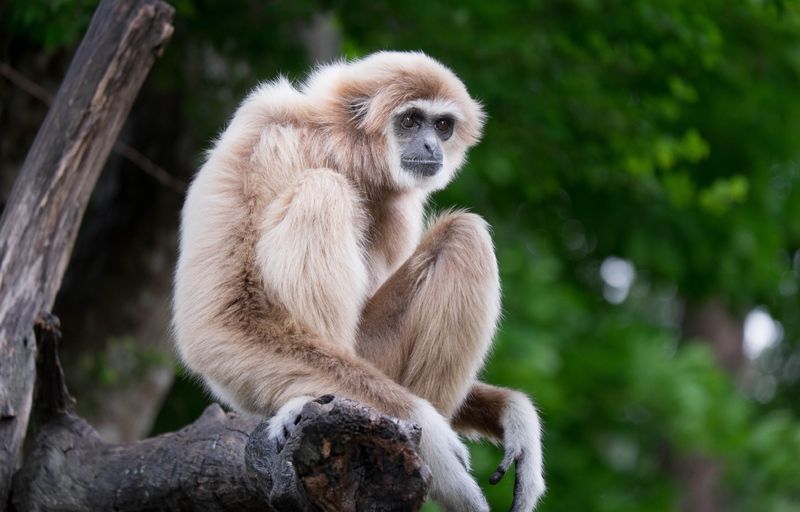
Gibbons are known for their graceful movements and gentle nature. These arboreal apes swing effortlessly through the trees, using their long arms to move from branch to branch.
Their acrobatic skills are not just for show; they play a crucial role in their survival, allowing them to navigate dense forests efficiently. Unlike many other primates, gibbons form monogamous pairs, often singing duets to strengthen their bonds.
This social structure is a testament to their complex emotional lives and the importance of family ties in their communities.
Chimpanzees: Our Closest Relatives
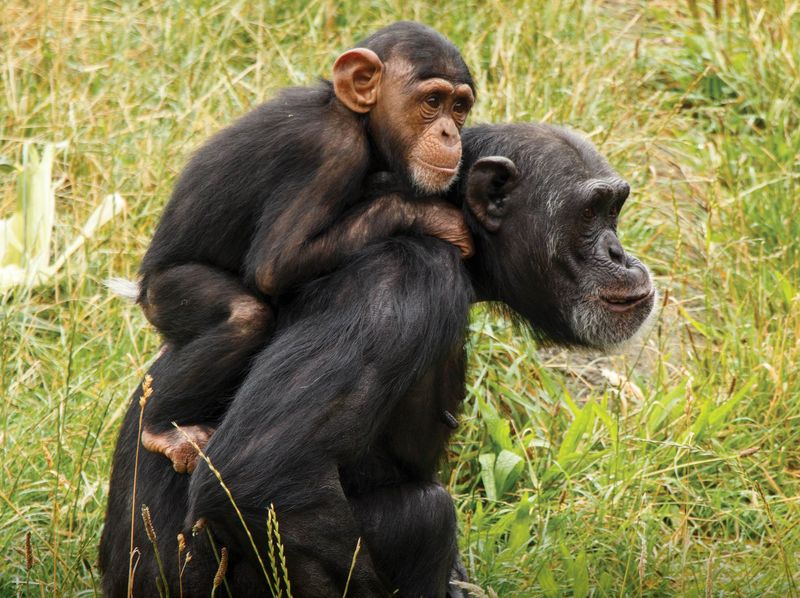
Chimpanzees share approximately 98% of their DNA with humans, making them our closest living relatives. This genetic similarity is reflected in their behaviors, such as tool use and social structures.
Chimpanzees have been observed using twigs to fish for termites, a practice that requires precision and patience. Their social hierarchies are intricate, with relationships that are both cooperative and competitive.
Understanding chimpanzee behavior provides insights into human evolution and social dynamics. They are a constant reminder of the deep connections shared within the primate family.
The Colorful World of Mandrills
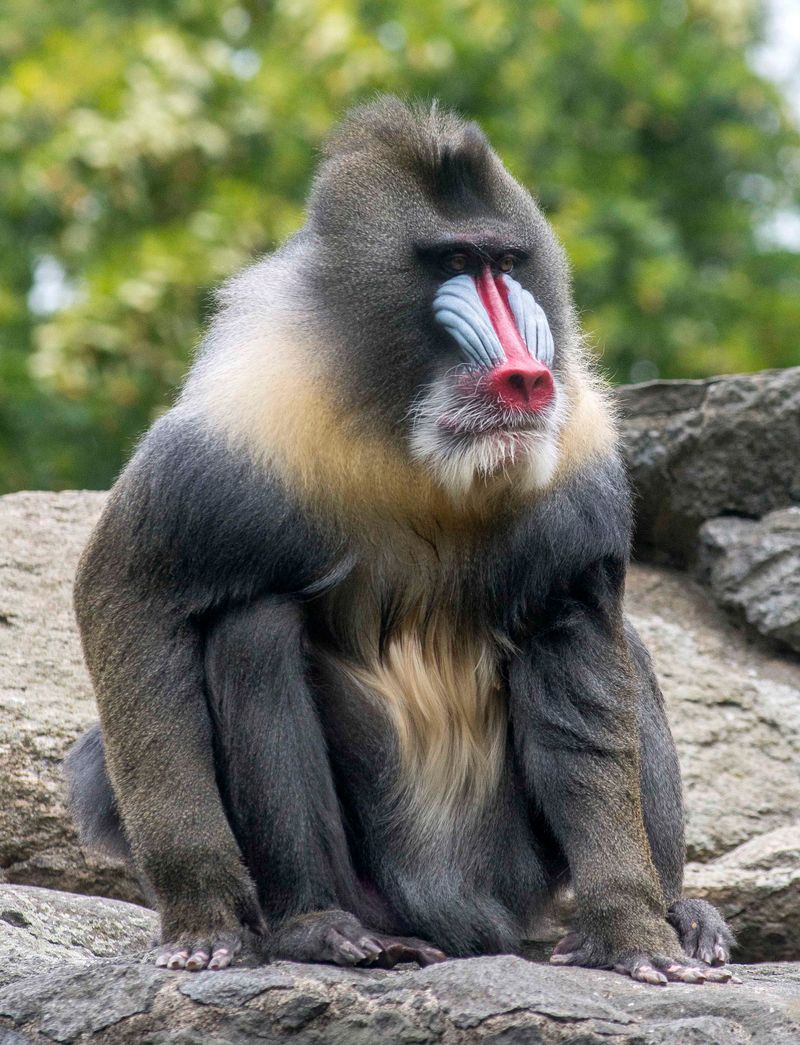
Mandrills are renowned for their striking facial coloration, with vibrant blues and reds that stand out in the dense jungle. These colors are not just for aesthetics; they play a role in social signaling and mate attraction.
The brighter the colors, the more dominant the male, making them a key factor in mandrill social structures. Beyond their appearances, mandrills are highly social animals with complex societies.
Their interactions are rich with displays and vocalizations, providing a fascinating glimpse into the social lives of primates. Their beauty is matched by their intriguing behaviors.
The Playful Capuchin
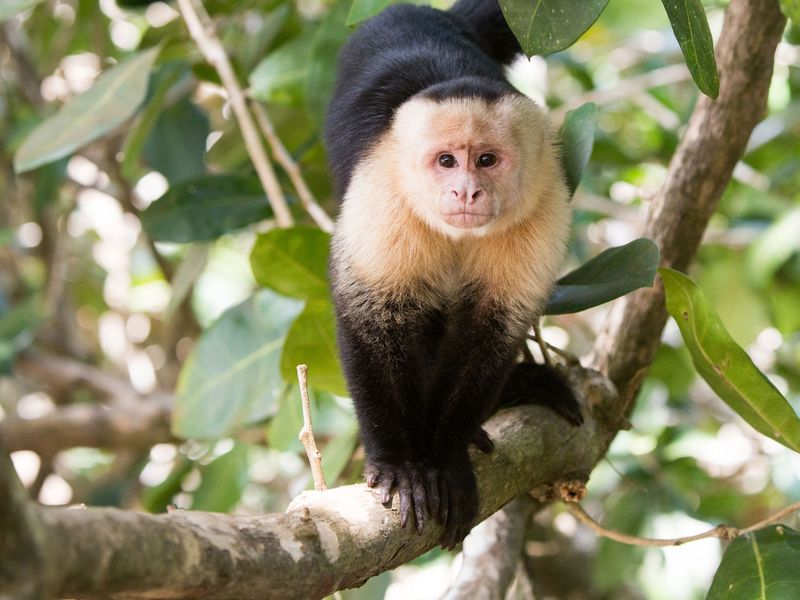
Capuchin monkeys are famed for their playful antics and high intelligence. Often seen swinging from branches or engaging in social play, these monkeys exhibit a joyful zest for life.
Their playful nature is not merely for entertainment; it plays a crucial role in their development and social bonding. Capuchins are also known for their problem-solving skills, using tools and devising strategies to obtain food.
This combination of play and intellect makes them a favorite among researchers and animal lovers. Their lively antics serve as a reminder of the joy found in social interactions.
Destructive Side of Rhesus Monkeys
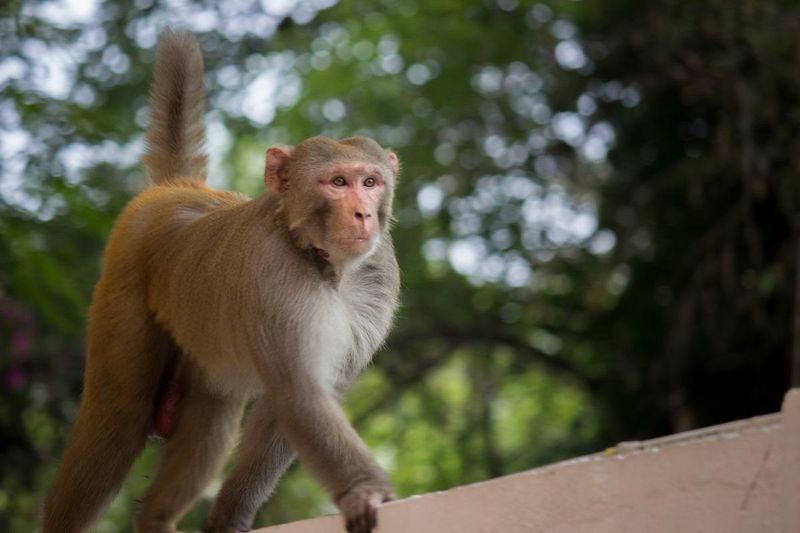
Rhesus monkeys, while intelligent and adaptable, can sometimes become a nuisance in urban areas. Their opportunistic nature leads them to raid garbage bins and steal food from homes, causing significant disturbances.
This behavior highlights the challenges of human-wildlife coexistence. In many cities, rhesus monkeys have adapted to thrive amidst human populations, leading to conflicts and challenges.
Efforts to manage their populations and mitigate conflicts are ongoing, as these monkeys continue to navigate the complexities of urban life. Their adaptability is both a marvel and a concern.
Aggression in Baboon Societies
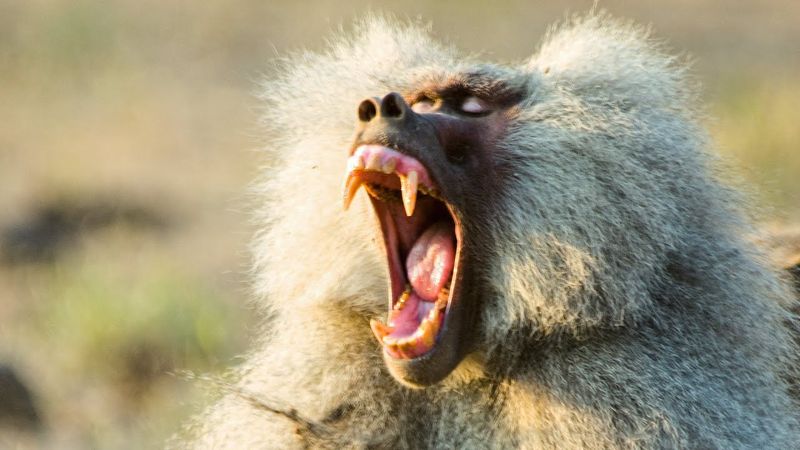
Baboons are known for their aggressive social interactions, driven by complex hierarchical structures. These interactions can include fights over resources and dominance, showcasing their survival instincts.
While aggression is a natural part of their lives, it can sometimes lead to severe injuries. Understanding these behaviors provides insights into the social dynamics of primates and the balance they maintain between cooperation and competition.
Despite their aggressive tendencies, baboons form strong social bonds and exhibit cooperative behaviors, reflecting the multifaceted nature of their societies.
The Sad Reality of Monkey Trade
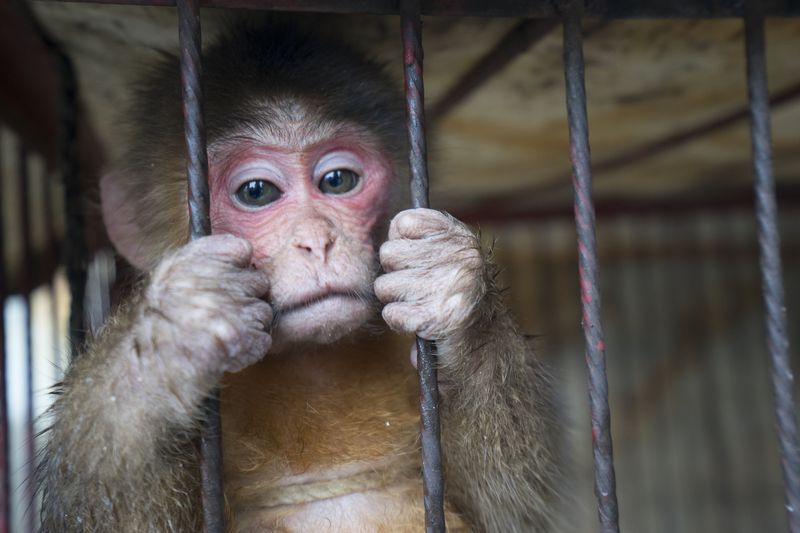
The illegal trade of monkeys is a serious issue, threatening many species with extinction. This trade is driven by demand for pets, traditional medicine, and entertainment.
The conditions in which these animals are kept are often deplorable, leading to suffering and decline in wild populations. Conservation efforts are crucial in combating this trade, focusing on habitat protection and legal enforcement.
Raising awareness about the impacts of the illegal trade is essential in preserving the future of these remarkable creatures. The plight of trafficked monkeys is a somber reminder of the need for wildlife protection.
Disease Transmission from Monkeys
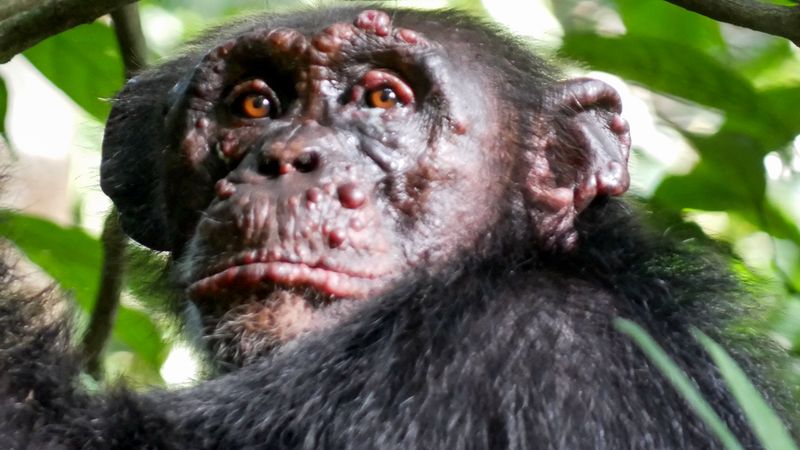
Monkeys are known carriers of diseases that can be transmitted to humans, such as simian immunodeficiency virus and herpes B. This potential for zoonotic transmission poses significant health risks and highlights the importance of monitoring wildlife diseases.
Researchers emphasize the need for caution in interactions with wild monkeys to prevent outbreaks. Disease surveillance and understanding transmission dynamics are vital in protecting both human and primate populations.
These efforts are part of broader conservation strategies aimed at maintaining ecological balance and preventing pandemics. The interconnectedness of human and animal health is a critical focus for scientists.

